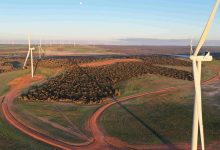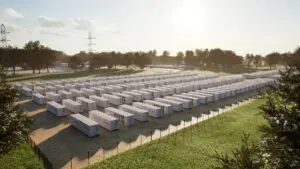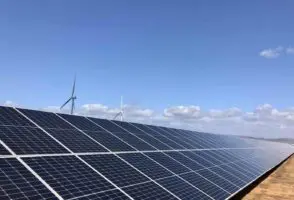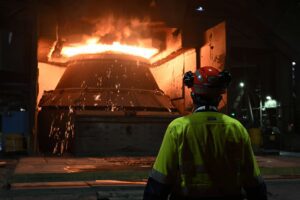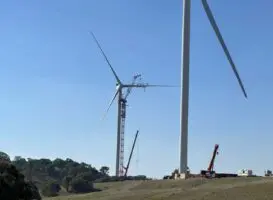The Western Australian Water Board has formally launched a tender for around 400 megawatts (MW) of new wind capacity, as the state government flags higher payments for new generation and storage as it seeks to accelerate its switch away from coal.
The new tender unveiled by the government owned Water Board this week will be for new wind projects to help power the desalination plant it is constructing at Alkimos, north of Perth, which will have capacity of up to 50 billion litres a year.
The desalination plant is expected to be up and running by 2028, and the new wind plants will generate the equivalent annual energy needs of the Alkimos facility, and the existing desalination plants in Kwinana and Binningup.
W.A. currently sources around 36 per cent of its electricity needs from wind and solar, but will need to lift this share considerably in coming years as the last of the state’s coal fired power stations, which currently account for around 30 per cent of annual generation, are phased out.
The state has already contracts a series of big batteries, including the largest in Australia, to help time shift solar from the middle of the day to the evening peak.
Among the batteries currently under construction are the 560 MW/2240 MWh Collie battery nbeing built by Neoen, the 500 MW/2,000 MWh Synergy Collie battery, Synergy’s 200 MW/800 MWh Kwinana 2 battery, Alinta’s Wagerup battery (100 MW/200 MWh), and the Cunderdin solar battery (50 MW/220 MWh).
Those battery projects will deliver the 1,100 MW and 4,4000 MWh of battery storage sought by the government to help replace coal, although the federal government’s Capacity Investment Scheme will seek to underwrite a further 500 MW and 2,000 MWh of battery storage in a new tender this year.
The state had aimed for 810 MW of wind capacity as part of its transition plans, and the Water Board contract will meet around half of that goal.
It comes as the government unveils new proposals to lift the capacity payments for new projects in the state’s main grid, known as the South West Interconnected System, which is often described as the world’s biggest isolated grid – meaning it has no transmission links to neighbouring states or countries.
The main features of the new recommendations include 10-year capacity price terms, up from five years previously, and potentially longer if wind and solar plants can combine storage at their facility, as well as incentives for long duration storage of more than four hours.
The capacity price paid to generators that can operate when there is a shortage of generation in the market will also increase, and there could also be a new flexible capacity price curve.
“Significant network, renewable generation and ESR investment will be required in the SWIS over the next decade and beyond to continue to deliver on the energy trilemma of reliable, affordable and environmentally responsible electricity supply,” the report says.
“The desired outcome is to provide longer price certainty for these facilities, additional incentive for investment in these technologies, and allow more variable renewable generation to connect without compromising reliability.
“A period of fixed pricing provides investors with certainty of capacity revenue for a longer period than under
the existing WEM Rules. Requiring a facility to be of a technology type not already present in the SWIS would be inconsistent with the goal of facilitating increased renewable build.”
The new rules will also include emission caps on new generation, although these will not be applied in the short term – the next 10 years – to flexible peaking gas power stations.
“Allowing new fossil-fuel-fired facilities would be inconsistent with the desired outcome of decarbonising the SWIS,” it noted.
Peter Kerr, a Perth-based energy consultant, described the new measures as an “immediate sugar hit” to the business case of most energy projects in the state if implemented.
“It should lead to a wave of new wind, solar, battery, and gas projects,” he wrote on a LinkedIn post.

